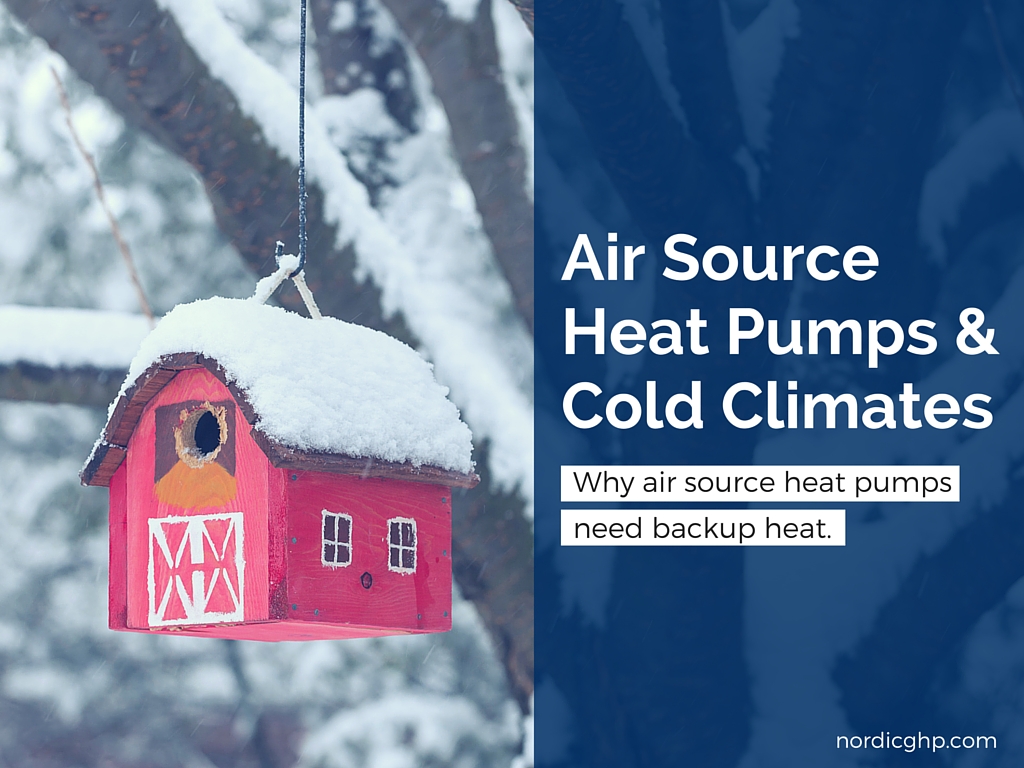Air source heat pumps are the most commonly known type of heat pump. In Canada, air source heat pumps have recently enjoyed a surge in popularity. It’s easy to see why: they are relatively inexpensive to install, they provide instant savings on home heating bills, and they provide both heating and cooling in one system.
But there is one major drawback of an air source heat pump: it needs backup heat in winter. Most homeowners aren’t aware of this limitation or don’t understand the science behind it. Let’s look at exactly how and why air source heat pumps need backup heat in cold climates. First we’ll start with a lesson on how air source heat pumps work.
How Air Source Heat Pumps Work
Air source heat pumps use the principles of heat transfer to heat and cool your home. They do this by transferring heat from the outdoor air into your home during the heating season via a refrigeration process. Low-temperature heat is drawn across a heat exchanger outside your home and is transferred to a refrigerant. The refrigerant then moves the heat into your home and through a compressor, which reduces the volume of the refrigerant and causes it to heat pump. The resulting heat is transferred into your home via another heat exchanger. The refrigerant, which has now cooled off, repeats the process.
The heat can be either be transferred to the air for heating, or to water for radiant in-floor heating. In the summer, the process is reversed and heat is drawn out of your home and rejected into the outdoor air.
Why Air Source Heat Pumps Lose Efficiency In Cold Climates
How much heat your air source heat pump can transfer into your home depends on the outdoor temperature. As the outdoor temperature drops, so does the heat output of your air source heat pump. Here is an example of the heat output in Btu/hr of our air to water heat pump at three different outdoor temperatures.
| Outdoor Temperature | Capacity (Btu/hr) | COPh |
|---|---|---|
| 47°F (8.3°C) | 51,000 | 3.86 |
| 35°F (1.7°C) | 43,400 | 3.31 |
| 17°F (-8.3°C) | 33,900 | 2.33 |
*For an ATW-65
As you can see, the heating capacity of this air source heat pump drops off as the temperatures decrease. Air source heat pumps are generally sized to produce enough heat for 80% – 90% of the annual heating load, and should be able to satisfy 100% of your heating load when temperatures are above 0°C. For example, if you had a 2,000 square foot home with a heat load of 42,000 Btu/hr, an ATW-65 (the model we looked at above) would satisfy your heat load 80% – 90% of the time. This is the minimum sizing we suggest, and you can always choose to size up for more coverage.
How and When Air Source Heat Pumps Use Back-Up Heat
When outdoor temperatures drop too low, your heat pump will need to rely on back-up heat to keep your home warm. For mini-splits, the back-up heat is usually an external type of heat like electric baseboard heaters. For air to air heat pumps, the backup heat is in the form of electrical resistance heaters right in the ductwork, and for our air to water heat pump, the backup heat is electrical elements in the buffer tank. Here’s an example of how the backup heat process works
When the temperature in your home drops below the setpoint, stage one of your heat pump is activated to bring the home back up to the set point. In mild weather, stage one would be sufficient. If the weather is colder and stage one isn’t enough, and the temperature in your home drops a further 2°C, stage two will be activated. On most winter days, an air source heat pump running on stage two will be enough to satisfy your home’s heat load. If the weather outside is truly frigid and the temperature drops another 2°C, stage three will be activated. Stage 3 is the backup electrical heat.
It’s also important to note that when temperatures outside drop very low (for Nordic air source heat pumps -8°F or -22°C) the air source heat pump will automatically rely 100% on backup heat. This is to protect the compressor from the increasingly large temperature spread, which causes premature wear and tear. To find out how often you’ll be relying purely on backup heat in the winter, check your area’s historical averages for the previous year. For example, in Halifax NS, temperatures dropped below -22°C only three days in 2014.
Backup heat is more expensive than an air source heat pump or geothermal heat pump because it is less efficient. If you’re relying on backup heat too much (which can happen if the heat pump is too small), you heating bill will be more expensive than you’d planned, so it’s important to do your research and find out how large your system should be and when you’ll be relying on backup heat.
(As a side note, geothermal heat pumps don’t lose efficiency in cold climates and don’t rely on backup heat when the weather turns cold.)
Interested in learning more about air source heat pumps? Download our Ebook: All About Air Source: How Innovative Air to Water Heat Pumps Differ from Geothermal.


